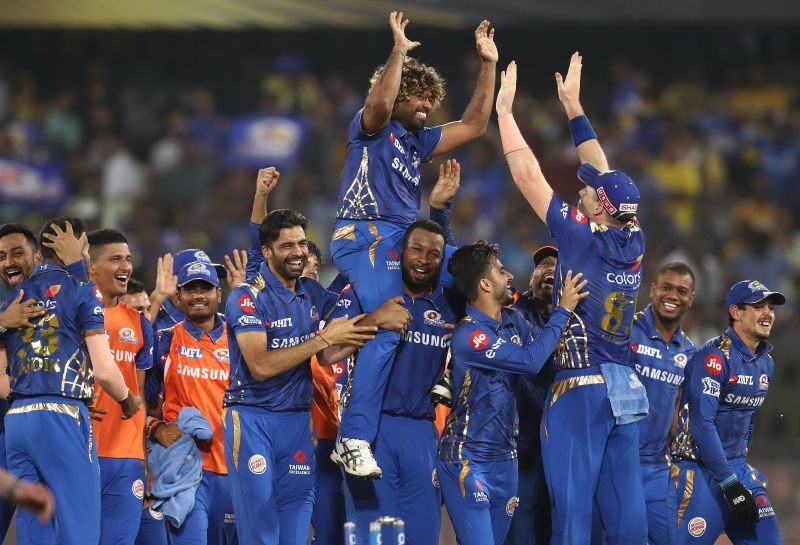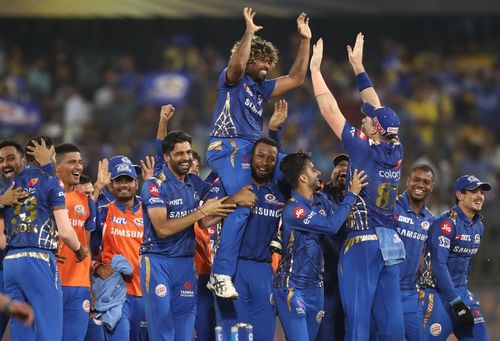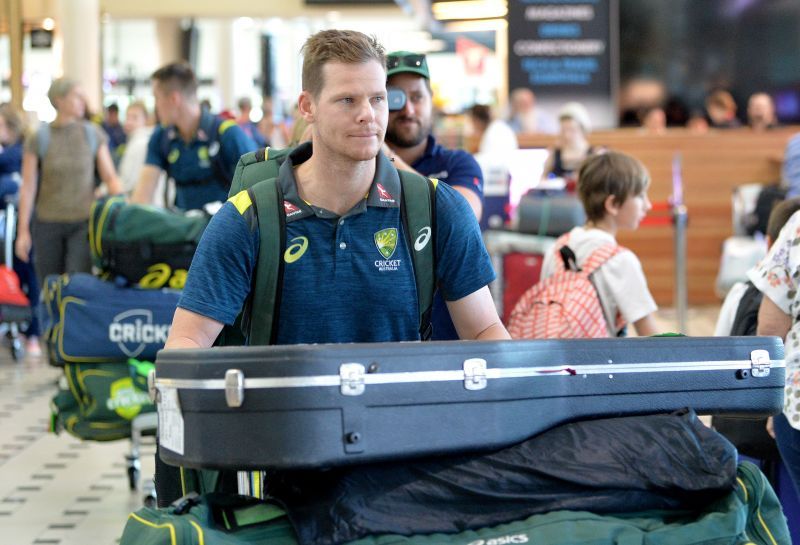
IPL 2020: Ranking the teams based on their bench strength

With exactly two months left for IPL 2020 to kickstart, the buzz around the cricket extravaganza has begun. Enthusiasts in the metros and buses can be overheard chatting about their favourite team and their probable starting XIs. Everyone has their own opinion and predictions as to which team will lift the trophy this time around.
The 2020 IPL Auction was full of drama and many new additions were made to most of the teams barring Chennai Super Kings and Sunrisers Hyderabad, who decided to retain the core of the team. CSK and SRH also made a few good additions to bolster their squad. All 8 teams look set for the upcoming edition with a good mix of experienced and young players.
Each team also looks at an ideal starting XI for all the matches. However, it is virtually impossible to play the same XI of players throughout the season. Various factors - such as availability of the players, injuries, form, and pitch that the specific match is being played on - influence the starting XI of each match. IPL teams are known to shuffle their starting XI frequently and this means that most of the players get a chance to play at some point or the other.
A good bench strength is extremely important for each franchise in order to gain success in a tournament the magnitude of the IPL.
Also Read - IPL 2020 - Ranking the power hitters of all 8 teams
In this article, we will be ranking the bench strength of all 8 teams.
#8 Rajasthan Royals

Predicted Starting XI: Robin Uthappa, Jos Buttler (wk), Sanju Samson, Steve Smith (c), Riyan Parag, Ben Stokes, Shreyas Gopal, Jofra Archer, Jaydev Unadkat, Mayank Markande, Ankit Rajpoot
The Rajasthan Royals do not boast of a spectacular bench strength but there are still a few capable backup options in their ranks. Any issues with the starting XI may spell trouble for the franchise.
The backup batsmen for the Royals are Manan Vohra, David Miller, Anuj Rawat, and the young Yashasvi Jaiswal. 26-year-old Vohra, who was retained by the Royals for ₹20 lakh, has been in great batting form for Chandigarh and scored 3 centuries and a 90 in six Ranji Trophy matches. The opener, who has plenty of experience in the domestic league, did not get any opportunity in IPL 2019 but can serve as a good backup option in place of Uthappa.
Also see – Women’s Cricket world cup winners list
30-year-old David Miller has not reached his peak form for quite some time now. His recent run at the Big Bash League was disastrous. The Hobart Hurricanes batsman could only amass 198 runs in 14 matches at a poor average of 22.00. 90 of these runs came in a single match.
Uncapped Anuj Rawat was also roped in by the Royals for ₹80 lakh. The 20-year-old WK-batsman might not get a break in this season but IPL 2020 will be a good learning experience for him. Yashasvi Jaiswal is a technically solid batsman. The 18-year-old played a few brilliant knocks and helped India U-19 reach the ICC Under 19 World Cup 2020 semifinal. He will be raring to impress critics in the limited opportunities he gets in IPL 2020.
RR has backup options in the form of Mahipal Lomror, Shashank Singh, and Rahul Tewatia in the All-Rounders department. The southpaw Lomror has oodles of talent and is a batting all-rounder. Shashank Singh is a clean striker and can also come in handy with his offbreaks. Rahul Tewatia has played 20 IPL matches in which he has made 14 scalps and scored 111 runs. To be fair, the all-rounders department of the Royals is not so convincing.
Aniruddha Joshi will be the backup spinner in the RR squad for IPL 2020. The 32-year-old is known to pack a punch with the bat as well and can be an explosive lower-order batsman.
Oshane Thomas, Tom Curran, Kartik Tyagi, Andrew Tye, Akash Singh, and Varun Aaron will likely be the backup speedsters in the squad. Tye and Thomas are the most experienced of the lot and will be their best replacements for Archer in case he is unavailable. Meanwhile, Tyagi and Aaron will form good backup options for Unadkat and Rajpoot.
Also Read - IPL 2020: Rajasthan Royals SWOT Analysis